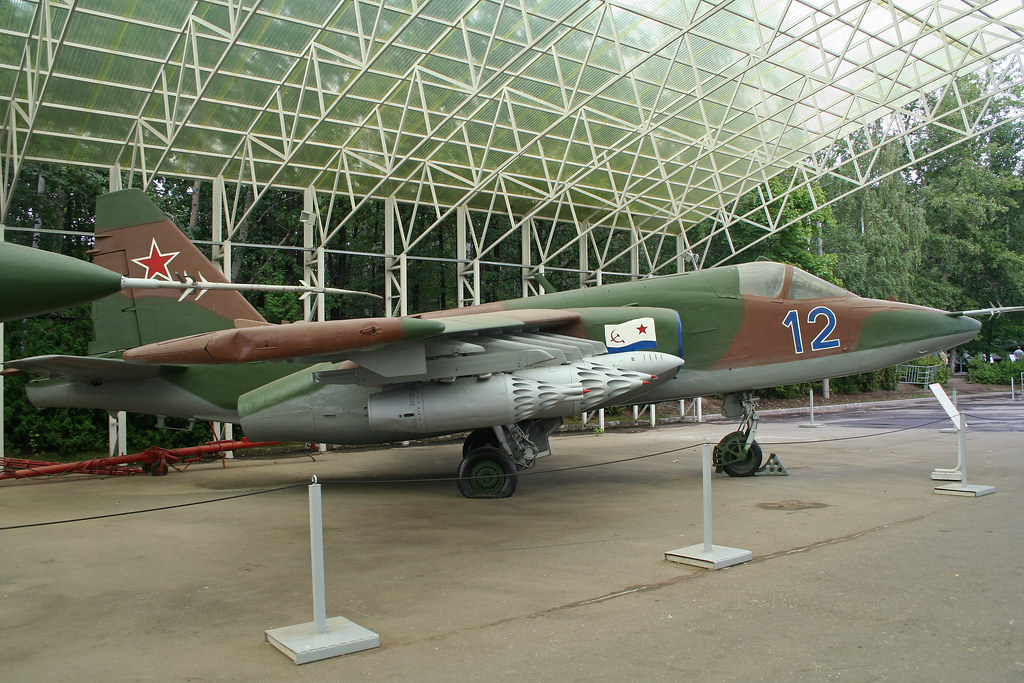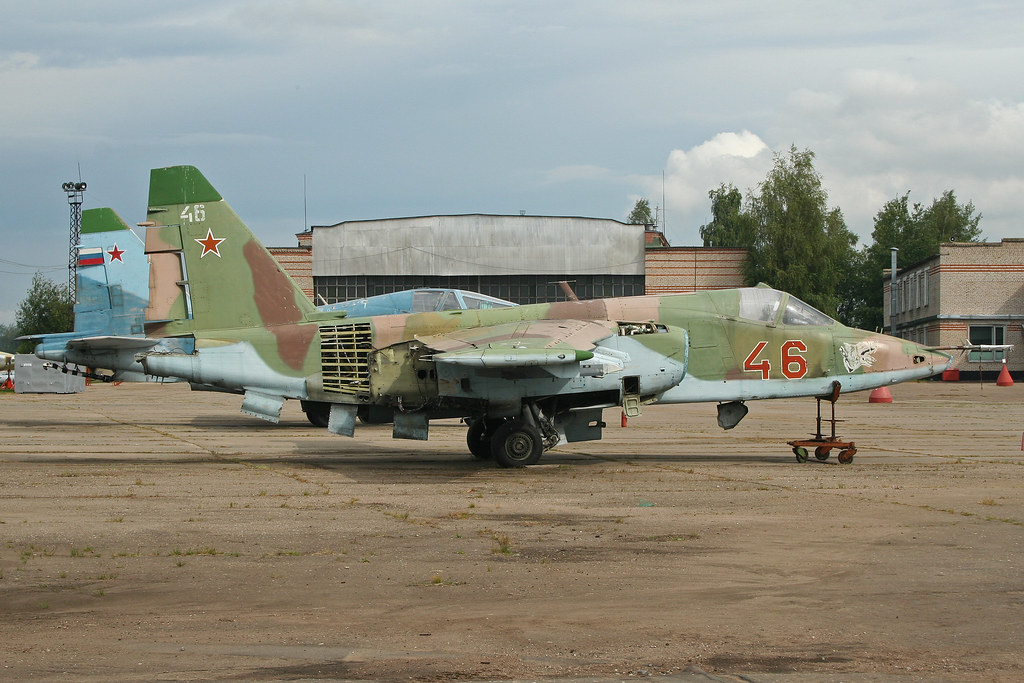
The Sukhoi Su-25 “Frogfoot,” Russia’s answer to the robust American A-10 Warthog, has long been a symbol of Soviet-era military might. As a flying tank designed for close air support (CAS), the Su-25 was envisioned to be the ultimate guardian for ground forces.

Yet, its real-world engagements—from the Soviet-Afghan War to the ongoing Ukrainian conflict—tell a story of an aging aircraft struggling to keep up with modern warfare demands.

Introduced during the Cold War’s peak, the Su-25 was built to provide air-to-ground support for Soviet forces, filling a gap in the Soviet Air Force’s capabilities.

Over time, more than 250 Su-25s have served under the Russian banner, along with various operators across former Eastern Bloc nations.

The aircraft is not without its merits; it’s lighter and faster than the A-10, capable of hitting a top speed of 950 km/h and climbing at a rate of 58m/s.

Equipped with a range of missiles and a 30mm cannon, the Su-25 boasts an impressive arsenal capable of striking both air and ground targets.

Yet, the aircraft’s design has been critiqued for lacking the critical elements that make the A-10 a formidable CAS platform. Specifically, the Su-25’s armor and conventional cannon deplete ammunition rapidly, weakening its ability to provide sustained support over the battlefield.

This limitation was notably exposed during the Soviet-Afghan War when Stinger missiles supplied to Afghan fighters by the U.S. easily downed several Su-25s.

Recent conflicts have only exacerbated the Frogfoot’s vulnerabilities. In Syria, the Su-25 performed poorly, and the ongoing war in Ukraine has seen multiple Su-25s shot down by Ukrainian air defenses.

In fact, as stated by Ukrainian authorities in March, at least six Su-25s have been destroyed, with expectations for more losses as the war continues.

The Su-25’s story is not just a tale of an aircraft but also of the pilots who fly them. The heroic life and tragic death of Vladyslav Rykov, a 30-year-old Ukrainian pilot, illustrates the bravery and the ultimate sacrifice involved in piloting these jets.

Rykov, known by his call sign “Magic,” conducted his 385th and final sortie before a Russian missile brought an abrupt end to his mission—and his life.

The loss of pilots like Rykov highlights the personal toll behind each downed aircraft, a reality often overshadowed by strategic analyses.

Despite the Su-25’s challenges, Russia has maintained a substantial fleet and has even attempted to update the platform over the years.

However, the lack of significant upgrades to match the pace of modern aerial warfare has left the Frogfoot outmatched in today’s combat environment, a grim reality for an aircraft that was once a proud symbol of Russian military prowess.
Relevant articles:
– Russia’s Su-25 Flying Tank Nightmare Is Real, The National Interest
– Su-25 Frogfoot: Russia’s Flying Tank Has Something The A-10 Can’t Match, The National Interest
– One of the greatest Su-25 pilots: The life and heroic death of Vladyslav Rykov, Yahoo

